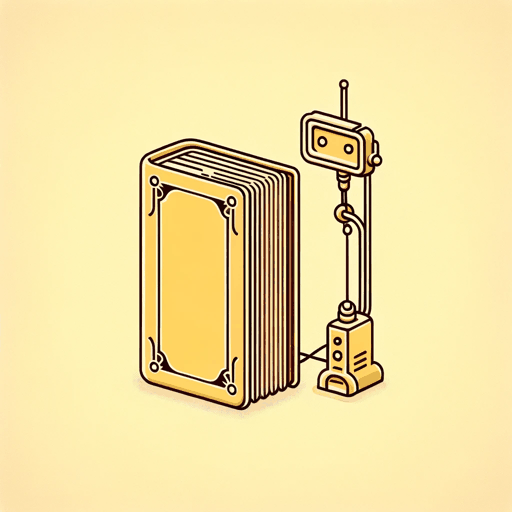27 pages • 54 minutes read
Isaac AsimovThe Fun They Had
Fiction | Short Story | Adult | Published in 1951A modern alternative to SparkNotes and CliffsNotes, SuperSummary offers high-quality Study Guides with detailed chapter summaries and analysis of major themes, characters, and more.
Summary and Study Guide
Summary: “The Fun They Had”
First published in a children’s newspaper in 1951, “The Fun They Had” is a science fiction short story written by renowned scientist and author Isaac Asimov. Told from a child’s perspective, this story is a simple yet astute exploration of how technology, machine learning, and individualization may potentially change the nature of education and impact children’s intellectual, emotional, and social needs.
Asimov was born in Russia in 1920 and later moved to the United States where he became a biochemist and a Hugo and Nebula Award winning science fiction author. His writing career spanned most of the 20th century, a period of technological advancements and scientific breakthroughs that heavily influenced his subject matter. He is considered one of the best science fiction writers of all time. Asimov’s futuristic works frequently address the relationships between science, technology, and society and how they relate to themes of human identity, connection, and the unintended consequences of scientific advancement. His most famous works include the Foundation series, which features the popular novel Foundation and Empire (1952), and the Robot series, which includes the well-known novel I, Robot (1950). Several of Asimov’s works have been adapted for the screen.
This guide references a reprinting of “The Fun They Had” in a February 1954 publication of The Magazine of Fantasy & Science Fiction that was digitized for web access.
The story begins with a diary entry from 11-year-old Margie describing her friend Tommy’s discovery of a “real book” (125) in his attic. An old-fashioned paper book is a novelty and a relic to them as children in the year 2155. Tommy and Margie turn through the unfamiliar book pages together. Margie is intrigued to learn about what things were like when books were physically printed centuries ago. She has only ever read using “telebooks” and finds it funny to think of words being stationary on a page instead of “moving the way they were supposed to” (125) on a screen. Tommy tells Margie that the book seems like “a waste,” as he assumes that it is intended to be thrown away after reading. He contrasts the book with his “television screen,” which must have “a million books on it and it’s good for plenty more” (125).
Margie asks Tommy what the book is about, and he tells her that it is about school. Margie reacts scornfully to this, wondering why anyone would want to write about school, which she finds unpleasant. She thinks about her struggle with school performance. School, as Margie and Tommy know it, takes place at home with the use of a “mechanical teacher,” a computer that delivers personalized lessons based on each child’s age level and aptitude. At age six, children learn how to “punch code” their homework, and the mechanical teacher accepts their assignments through its slot. Margie thinks about how her geography performance was so poor that her disappointed mother called the County Inspector to take apart the mechanical teacher in their home and reset it to a 10-year-old grade level. Margie is frustrated by this and wishes that the mechanical teacher had been taken away altogether. The County Inspector tries to encourage Margie by offering her an apple and a pat on the head. He reassures Margie’s mother that the mechanical teacher’s gears may have malfunctioned, so Margie’s progress is “quite satisfactory.”
Tommy, who is two years older than Margie, takes an authoritative and superior position in telling Margie about what school was like centuries ago. He tells Margie that, in the old days, the teacher was a man, not a computer. Margie is skeptical about this, saying that there is no way a man could be “smart enough” or “know as much” (126) to be a teacher when compared to a computer. Tommy bets Margie that his father knows almost as much as a mechanical teacher. Not wanting to argue with him, Margie says that she wouldn’t want “a strange man in my house to teach me” (127). Tommy laughs at this, calling her “stupid” and telling her that school took place in a building that all the children attended together. Margie says she doesn’t understand how group learning is possible because her mother told her that lessons must be personalized to each individual child. Tommy haughtily tells her that she doesn’t have to read it if she doesn’t like it, but Margie wants to keep reading about the “funny schools” (127), so they pause their conversation and read the book together.
Eventually, Margie’s mother calls her in for school and says that it is probably time for Tommy to leave for school as well. Margie is reluctant to go and asks Tommy if she can read more of it the next day, but he leaves without making any promises. Margie returns home and enters her schoolroom, which is right next to her bedroom. The mechanical teacher’s computer screen is already illuminated and prompts her to submit her arithmetic homework. Margie sighs as she does so and thinks about what she learned from the book and from Tommy. She is in awe of the schools from so long ago where children all met together in a schoolroom and played in a schoolyard. She thinks about what it would be like to learn the same thing as the other children so that they could help each other with the homework and have a human teacher. As the mechanical teacher begins an arithmetic lesson about adding proper fractions, Margie thinks about how much fun children must have had at school in the past.
Related Titles
By Isaac Asimov

Foundation
Isaac Asimov

Foundation and Empire
Isaac Asimov
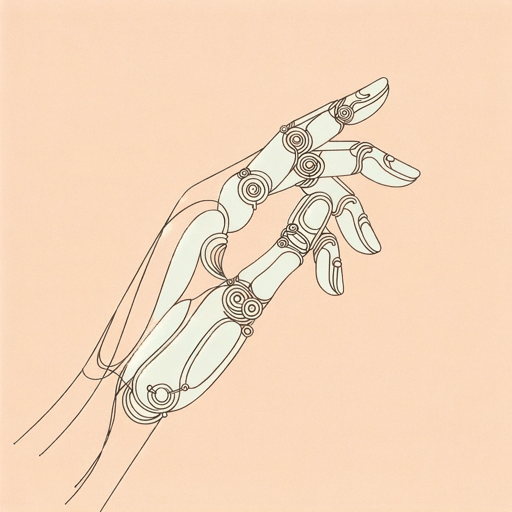
I, Robot
Isaac Asimov

Rain, Rain, Go Away
Isaac Asimov
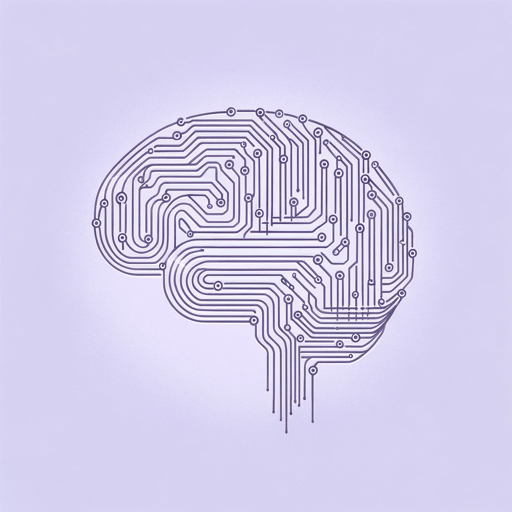
Robot Dreams
Isaac Asimov
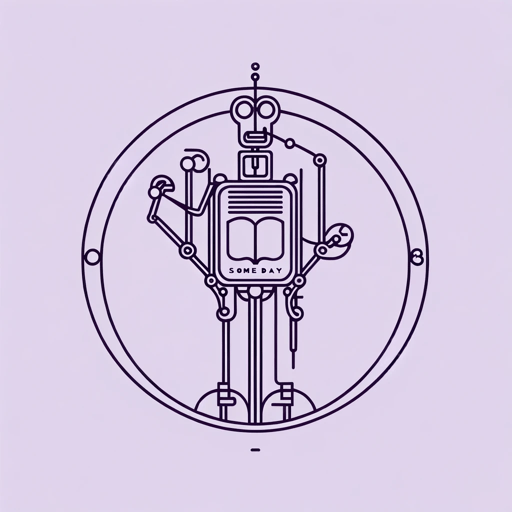
Someday
Isaac Asimov
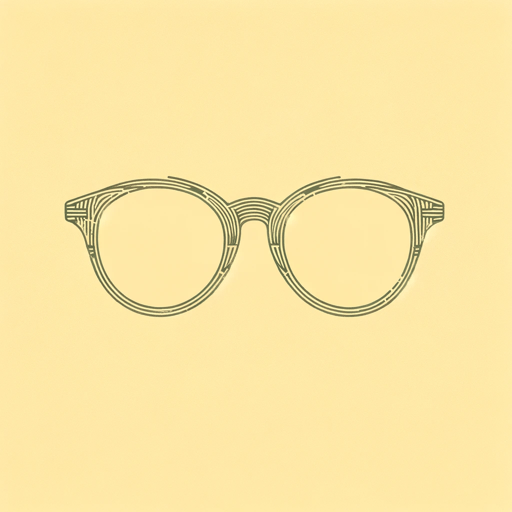
The Caves of Steel
Isaac Asimov

The Gods Themselves
Isaac Asimov
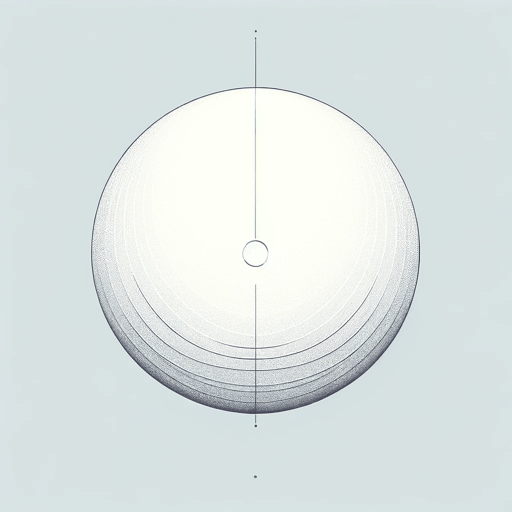
The Last Question
Isaac Asimov

The Ugly Little Boy
Isaac Asimov
